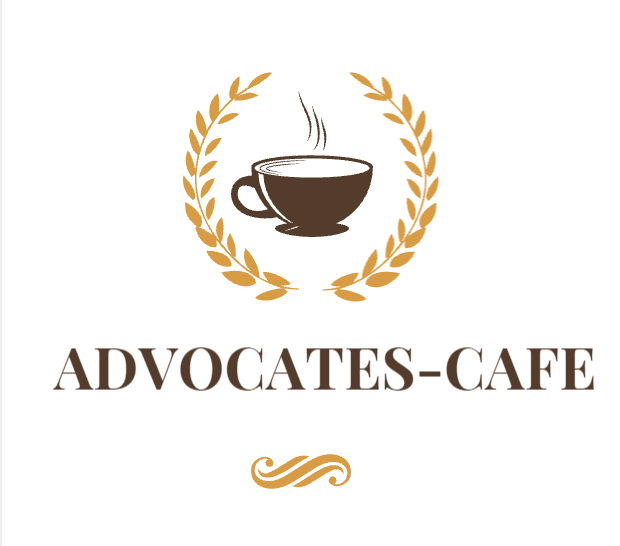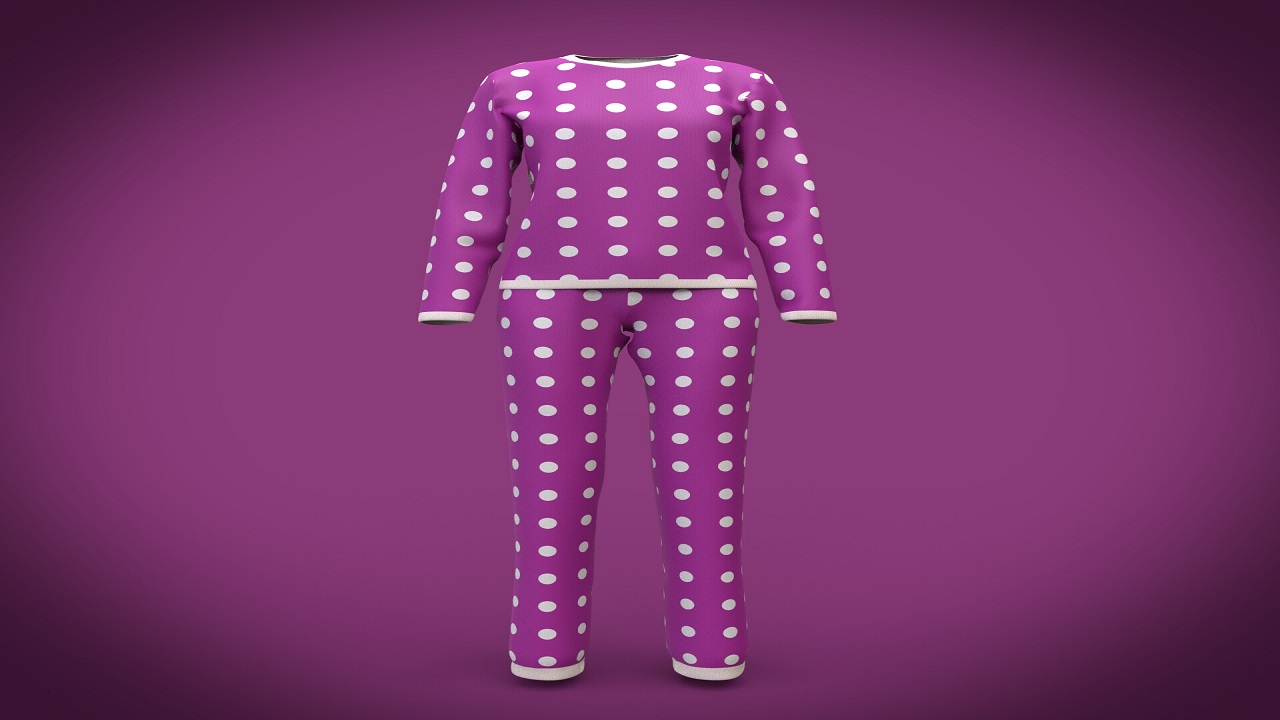The new thing in the fashion industry is the low moq clothing manufacturer that are suitable for small businesses and start-ups. These manufacturers enable organizations to make small lots of garments, which is both a boon and a bane. Below are the advantages and disadvantages of buying clothes from low MOQ clothing manufacturers.
Benefits of Dealing with Low MOQ Clothing Manufacturers
Reduced Financial Risk
Lower Initial Investment
This means that companies can order in small quantities meaning that they are not exposed to high risks of producing large quantities of goods. This is particularly useful for firms that launch new designs or new products into the market for the first time.
Minimized Excess Inventory
It also means that companies can order in small quantities thus reducing stocks that take a long time to sell and the subsequent costs associated with them. This makes the management of cash flow easier.
Greater Flexibility
Adaptability to Trends
Low MOQ manufacturing enables brand owners to easily respond to dynamic fashion trends and customer demands. Shorter production cycles allow for more creativity when it comes to new designs and changes can be made quickly if the market does not respond well.
Easier Market Testing
Proof of Concept
Small batches are particularly useful to brands as they allow them to introduce new designs to the production line and to determine whether customers would be interested in them before going large scale. This can help to verify the existence of the market and minimize the chances of investing in a product that no one needs.
Feedback Collection
Small orders help in getting quick feedback from the customers and this can be used in enhancing products and designing future products.
Streamlined Production
Quicker Turnaround Times
Because manufacturers with low MOQ are in a position to cater to small volumes, they are capable of delivering the orders within a shorter duration compared to the manufacturers who deal in large volumes. This can be useful to brands that require timely answers to market shifts or increased production during certain seasons.
Closer Quality Control
Less quantity of production allows the company to maintain the quality of the garments higher and also perform a proper inspection of each garment.
Disadvantages or Risks of Procuring Products from Low MOQ Clothing Manufacturers
Higher Per-Unit Costs
Economies of Scale
When producing a relatively smaller number of products then the cost of manufacturing each product is relatively higher than when manufacturing in large quantities. This is because the fixed costs of production are distributed across the number of units produced and sold.
Limited Production Capabilities
Resource Constraints
Low MOQ may mean that the manufacturer has less capital or less high-quality equipment and this may limit the kind or the level of sophistication of garments they can produce.
Lower Negotiation Power
Normally, brands will have less bargaining power in setting prices and conditions of the contract with manufacturers when they order in small quantities as opposed to ordering in large quantities.
Conclusion
There are many advantages of sourcing low MOQ clothing manufacturers such as it involves low financial risk, flexibility, and it is suitable for testing the market. But at the same time, it has some drawbacks like higher cost of production per unit and some problems with the supply chain. Being aware of these strengths and weaknesses would assist businesses in making the right decisions and properly applying the benefits of low MOQ manufacturing.


